Post contains affiliate link. We confirmed that microfiber inserts lose absorbency over time, but what about rayon from bamboo?
If you want to know why I am saying “rayon from bamboo” read “‘Bamboo’ Fabrics” and FTC Charges Companies with ‘Bamboo-zling’ Consumers with False Product Claims. I make no judgements but I do not want to be misleading to my readers either.
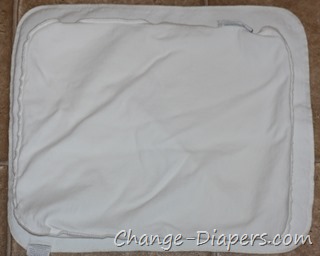
I have two, 2-ply 70% rayon from bamboo/30% organic cotton fleece inserts above. The smaller insert has been used for 2 1/2 years, while the larger one has been used for 6 months. Both started out at 12″ x 15″ and of course, shrunk.
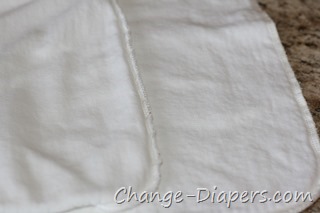
Fabrics made with rayon from bamboo do shrink, particularly with high heat. I was surprised by how much the older insert shrunk when I bought the new one 6 months ago. This is my first experience with 2 identical rayon from bamboo products purchased 2 years apart, so I didn’t realize how much it would continue to shrink. Ideally, I’d purchase two identical inserts in each fabric, prep both, then use one while the other sat in a drawer for 2-3 years before doing these “experiments” but well… In this un-scientific experiment, it is worth noting that these particular inserts were changed slightly about 3 years ago, so it is possible that my original insert could be the older, ever-so-slightly less absorbent version.


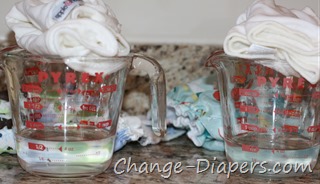
Like my microfiber experiment, I put each insert in a measuring cup and poured 12 oz of water over. I waited a minute, turned them over, then waited approximately another minute. Then I propped them up on top of the cups.
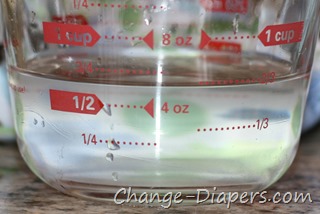

Not surprisingly, the smaller (older) of the two inserts absorbed slightly less water. However, since they were also purchased about 2 years apart, I’m not comfortable saying with complete certainty that they are exactly alike.
So, do rayon from bamboo inserts lose absorbency over time? Perhaps, but nothing like microfiber.



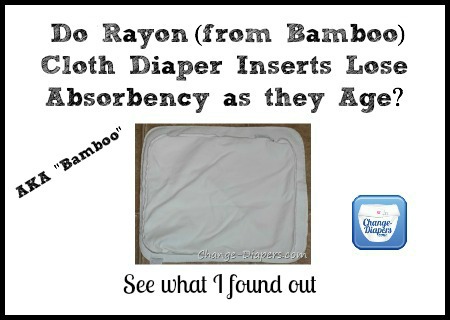





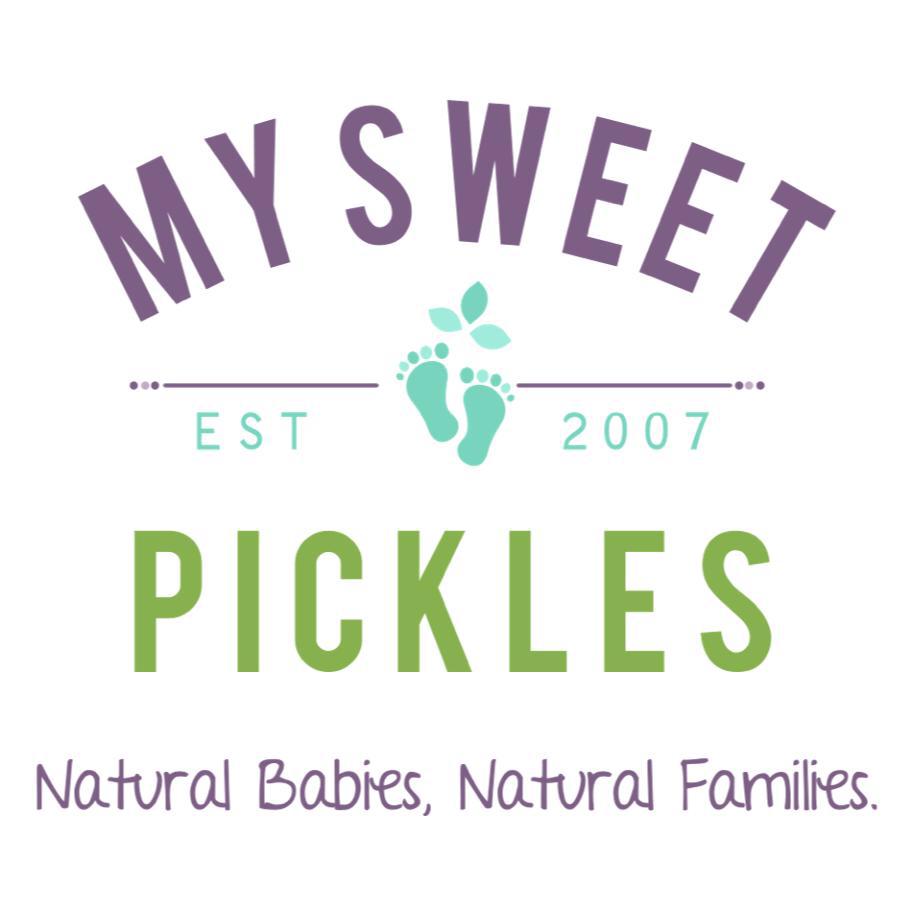
 Maria wants to live in a world where cloth diapers are the norm and moms can make parenting choices without judgement. When she’s not chasing her 18, 14 and 11-year old kids around, you might find her checking out the latest gadgets, organizing something (again) or exercising in the fresh air.
Maria wants to live in a world where cloth diapers are the norm and moms can make parenting choices without judgement. When she’s not chasing her 18, 14 and 11-year old kids around, you might find her checking out the latest gadgets, organizing something (again) or exercising in the fresh air. 







Interesting; thanks for this. I had considered how aplix and elastic on covers may prevent them from making it through two kids, but needing to replace my prefolds (or inserts, for that matter) never occured to me!
[…] Applecheeks diaper has been used for a bit less than 3 years (June 2011) and while the insert is a bit less absorbent than it was when new and the inner is a bit pilly, it is still looking and functioning great. This was used in a stash […]
I wonder if the same goes for cotton prefolds. They all claim to get more absorbent with time, which they do but there must be a cut off at some point where the fiber break down. Great experiment thanks!
I’m currently working on one with prepping too!
Amye:
As the oils wash out over time, past the initial period of prepping, they do become fluffier and more absorbent. They absorb fine, over time, until you pull them out of the dryer one day and they’re rags. The cotton fabric will actually wear thin, resulting in holes, and then the serged seam will fray off. So much so that you can’t use the diaper any longer for the purpose of cloth diapering. We change as soon as our kids are wet, and infant and premium prefolds typically don’t last us more than 9-12 months of hard use. Preemies typically make it through two kids, infants do most of the time, premiums are the least likely to make it past two kids’ use for us. I have found that we get the longest use from man-made fabrics, however they require more care, are more expensive, and we seem to get more rashes. We do re-purpose our no longer useable cloth diapering prefolds for cleaning.
E
Yes you’re exactly right. I’m doing some experiments to see how exactly the prepping affects absorbency, since we all know anecdotally that they gain absorbency with prep but I wanted to see just how & how much. Hemp is up first and I’ll do other fabrics later. 🙂